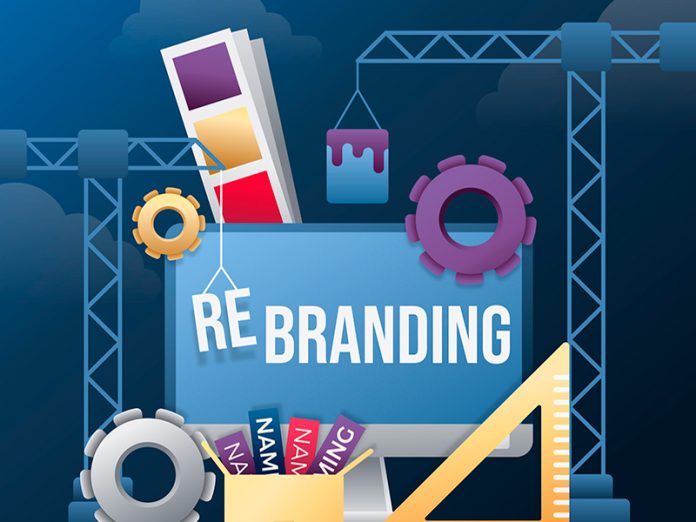Defining a brand has become quite a lofty exercise. We tend to wax lyrical about the perception it builds or the promise it delivers. While all of this is true, at the heart of it, a brand is a business asset that you need to constantly invest in to derive value. It should inform every aspect of the business. From standard business practices, to the language you use in communication, to the audience you’re speaking to. It’s the glue that holds everything together.
A well-crafted brand could go years without whispers of a rebrand or brand refresh, yet when a business starts to show signs of a weakening pulse the creative team is often called upon to provide the proverbial adrenaline shot to the chest.
There is a growing perception that a brand refresh, a massive campaign, or new brand identity is enough to save a failing (or at least: ailing) business. And as much as I would like to claim that branding can single handedly solve all your business needs, without support, clear business objectives, and rock-solid strategic intent, a brand becomes no more than an oxygen mask on a falling plane.
When not to consider a brand refresh.
Brand refreshes can be a costly and intense undertaking, so it is important that one considers why a refresh (or at worst: full rebrand) is needed in the first place. If its due reasons like a decrease in sales or market share, unhealthy internal culture, negative market perception – and so on – then one also needs to look at the business reasons that have led to that.
Before proceeding with a complete brand overhaul, first explore what can be done internally or on-the-ground to create change. As a business owner or brand manager, asking questions like “are our systems and processes performing optimally?”, ”are we still aligned with our target audience?”, “have we stagnated where we could have been innovating?” often prove much more beneficial than whether the new logo suits your personal tastes.
In cases like this, your brand (or rebrand) has to be seen as a complementary tool in the recovery process, not as the life-saving band-aid that will fix everything. That’s not to say that a brand refresh won’t help, but it can rarely do all the heavy lifting on its own.
When to consider a brand refresh.
On the flip side, a refresh could become a necessity, because your business is actually doing well. Because developing a well-crafted brand can be a costly and quite lengthy exercise, many startups or small to medium businesses (especially in South Africa) tend to allocate their budget to more tangible avenues, such as product development, sales and resources to derive revenue quicker. Once the business grows and gains traction, the brand starts playing a much more substantial role, adding functional and emotional value.
What often then happens, is that the business takes the next logical step in business growth, which is entrenching value beyond simply a business-owner or a reliable service. A brand refresh or new brand identity, in this instance, can help entrench a business in the mind of consumers and contribute to an increase in sales and business growth. Brand equity then becomes the value driver, supported by a healthy business foundation.
The bottom line?

Your brand is a business asset. Treat it as such. Businesses that do measurably better over a long period of time often ensure that the brand and business strategy are working closer together, right from the start, and that the business intent and brand strategy are always evaluated against each other to ensure the brand is growing the business, and vice versa.






